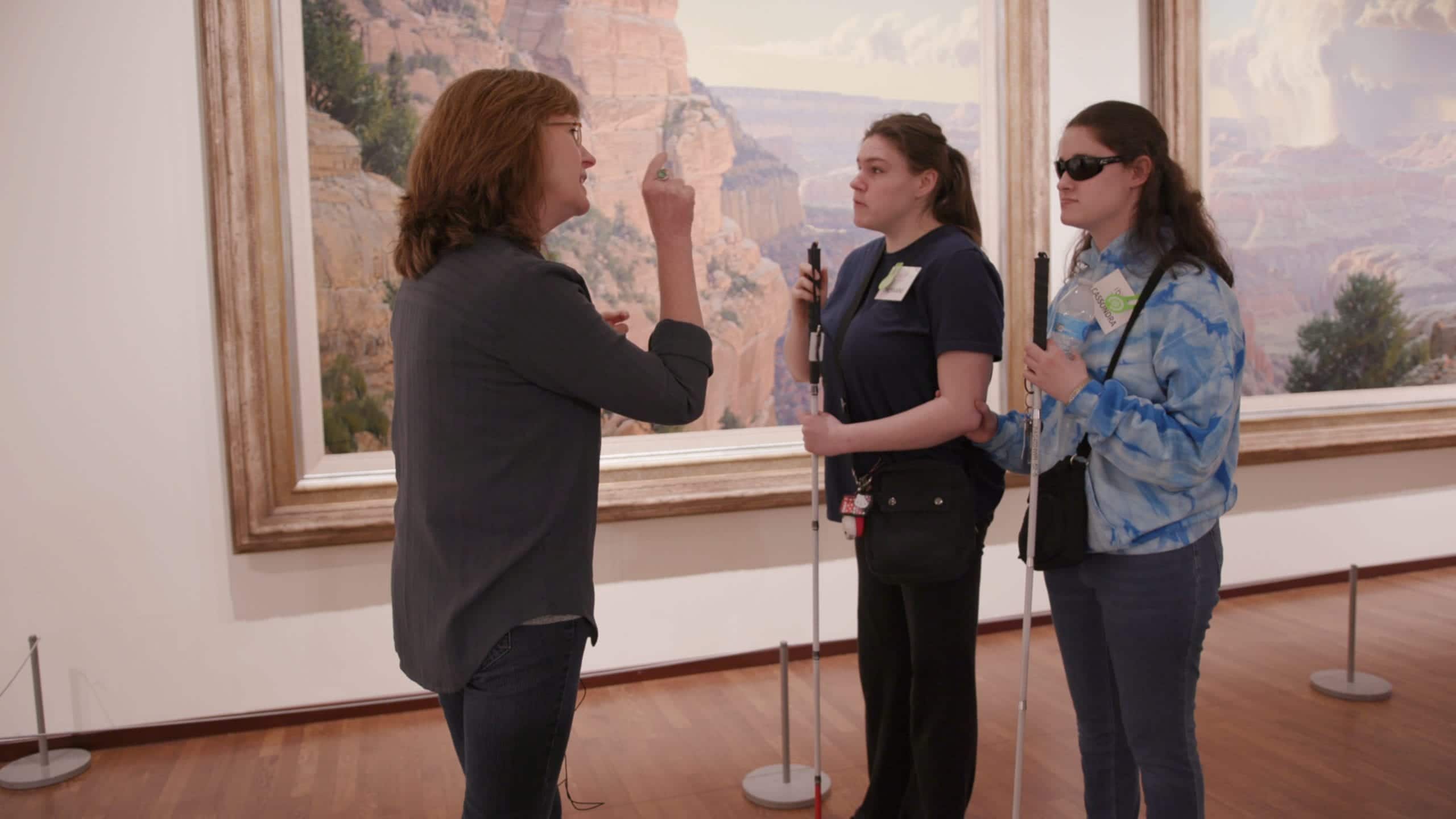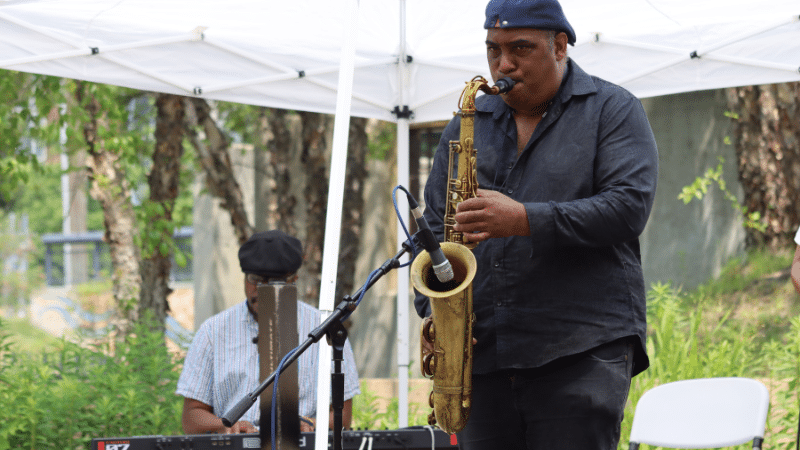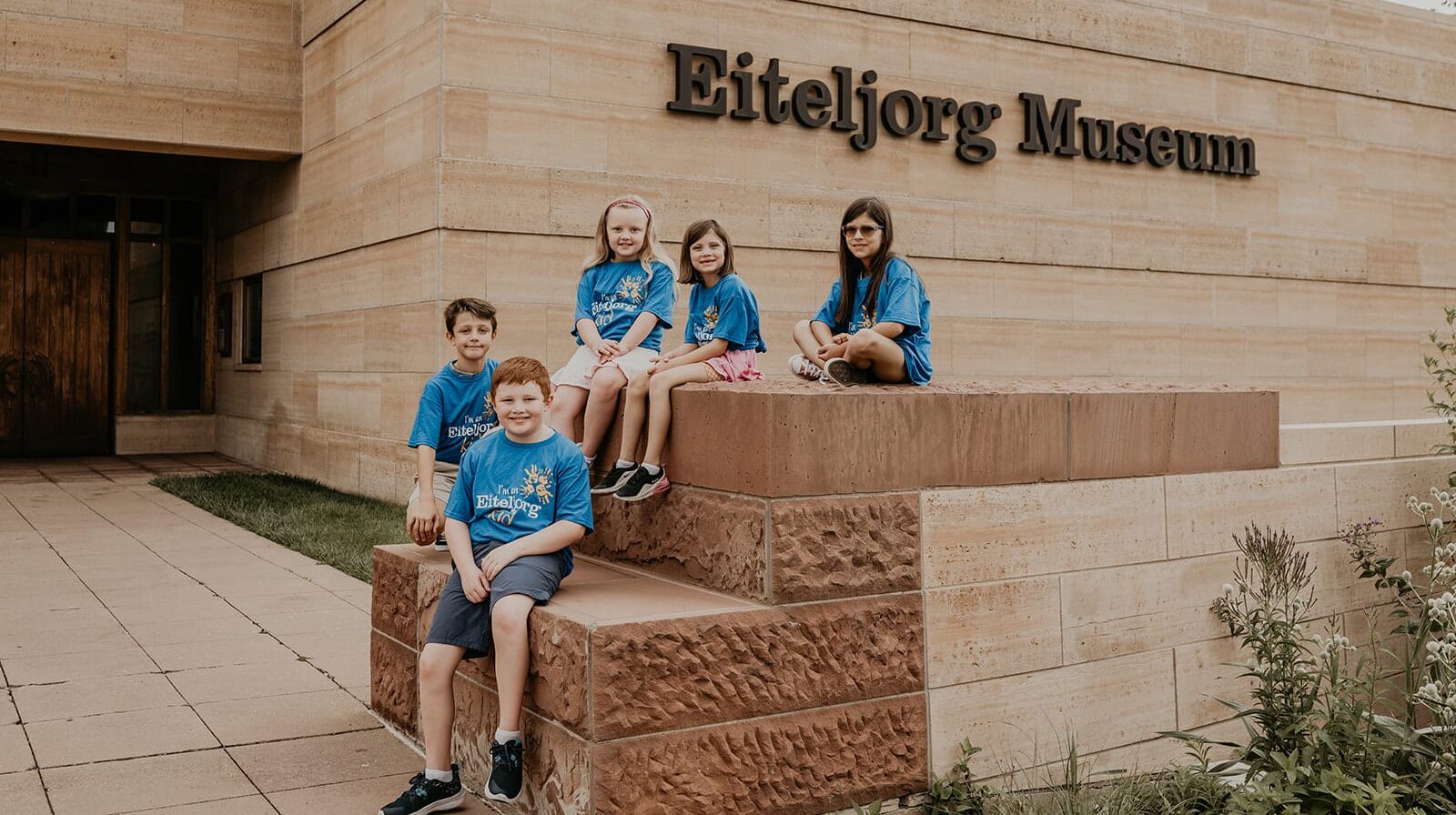Get acquainted with fascinating artworks in Contemporary Native Art 101
By Dorene Red Cloud (Oglala Lakota), associate curator of Native American art
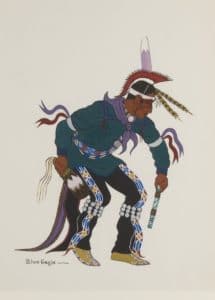
Acee Blue Eagle (Creek / Pawnee, 1907-1959)
Untitled, 1935-1955
Tempera and pencil on paper
Bequest of Raymond Lee, Jr.
1999.14.3
The Native art represented in the Eiteljorg Museum’s permanent collection is diverse and includes a concentration of fine arts, as well as customary or traditional arts. Many art museums in the 21st century are shifting their collecting strategies from acquiring mostly historical items to more current ones to reflect the changing interests of their communities. Museum communities have traditionally consisted of older generations but now also include newer ones.
Some of the Eiteljorg’s visitors are fans of customary Native artistic expressions such as beadwork, pottery or weavings — and our temporary exhibition Native American Customary Art 101 continues in the Paul Gallery through April 10 — while others appreciate newer artistic expressions of installation, film or multimedia. Contemporary art is defined as art that is being created now. According to art historians, contemporary art is rooted in modern art, which began around the 1860s through the 1960s. For some, contemporary art, which often casts off older or traditional materials and methods for ones that are newer or unique, can be a bit of an enigma.
Unless you are an artist, historian or art enthusiast, the concepts in contemporary or postmodern art are not always obvious. Some still prefer an oil painting or bronze sculpture of a still-life or solitary figure. Luckily, art offers something for everyone.
Art historians did not consider Native art as “art” until the 1980s into the 1990s. Museums such as the Eiteljorg took the initiative to recognize the many accomplishments and talents of Native artists. All the while, contemporary Native artists, including many Eiteljorg Fellows, had been exhibiting and advocating for their art to be included in “mainstream” art history. Consequently, art historians and critics have changed their discourse. With recognition and more inclusion by the day, contemporary Native artists of North America are becoming household names.
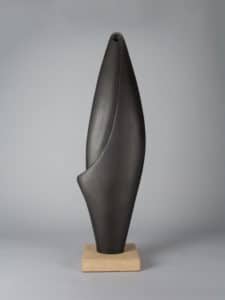
Allan Houser (Warm Springs Chiricahua Apache, 1914-1994)
Chrysalis, 1990
Cast bronze, stone
Gift of Dr. and Mrs. Eugene VanHove
Artwork © Allan Houser Inc.
2008.13.1
Opening April 9 in the second-floor Hurt and Harvey Galleries, the exhibition Contemporary Native Art 101 is a survey of Native art from the 1860s to the present day, and includes the major movements, schools, and styles developed by contemporary Native artists of the mid-19th century to today. For quite some time now, Native artists have utilized painting, sculpture, prints, installations and other multimedia in groundbreaking ways. These creative developments are rooted in the customary art traditions of Native pottery, mural painting, and hide decoration.
The predecessors of Native modernism continue to influence the Native artists of today who explore postmodern expressions of film, performance and installations. Native art history happens here.
CONTEMPORARY NATIVE ART 101
APRIL 9, 2022–FEBRUARY 2023
Hurt and Harvey Galleries
Sponsored by Faegre Drinker

#NativeArtHistoryHappensHere
NATIVE AMERICAN CUSTOMARY ART 101
Continuing through APRIL 10, 2022
Gerald and Dorit Paul Gallery
eiteljorg.org/customary101
Editor’s note: This article originally appeared in the February 2022 issue of Storyteller magazine.
An article about Contemporary Native Art 101 appeared in the October-November 2022 issue of Native American Art magazine.


